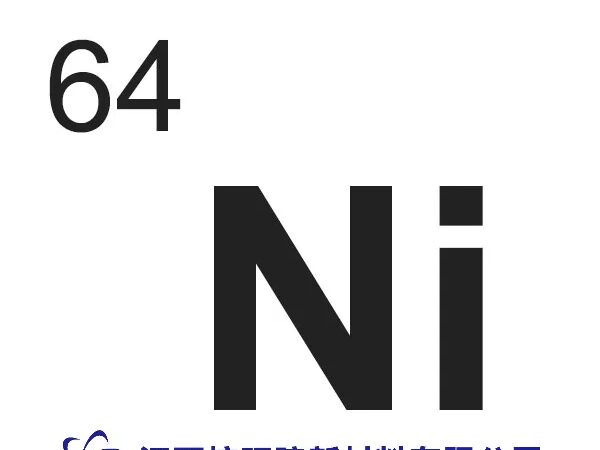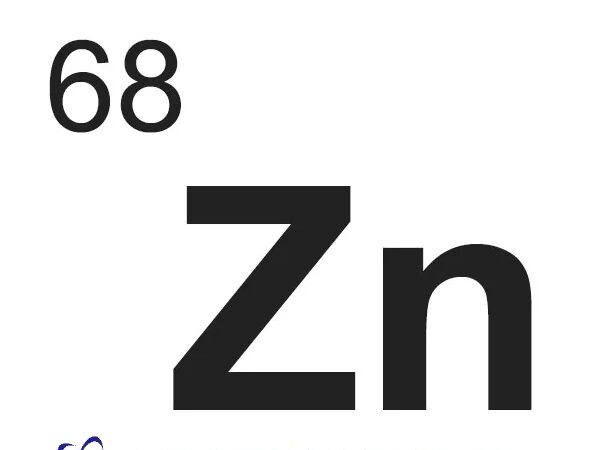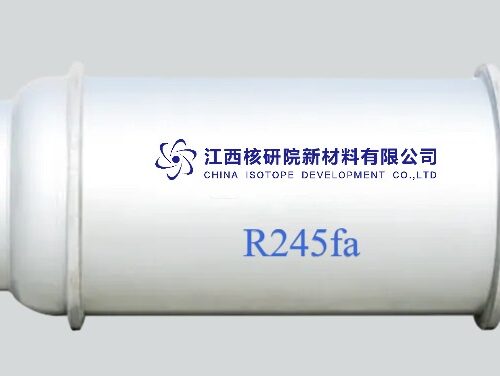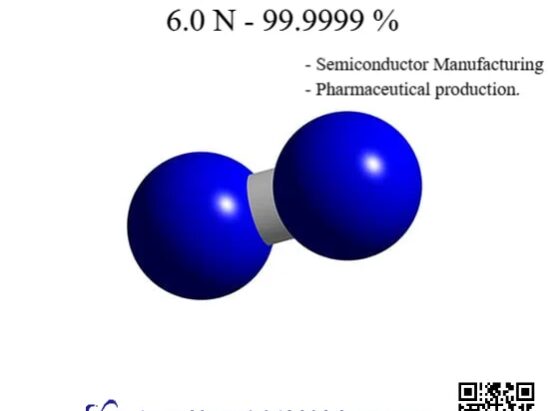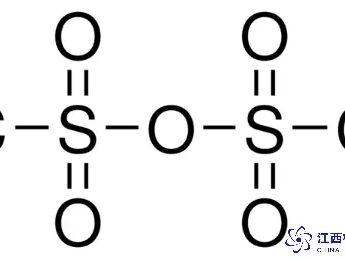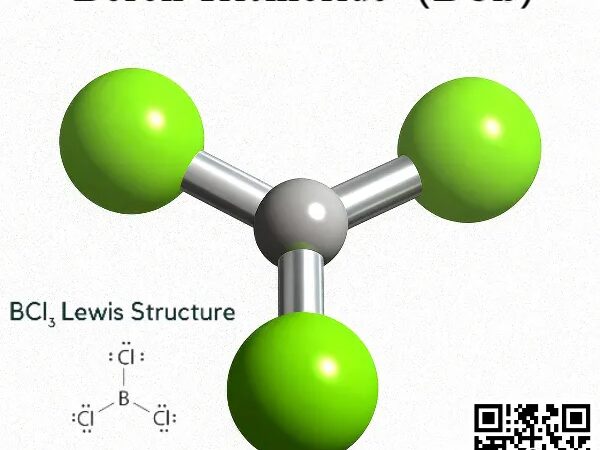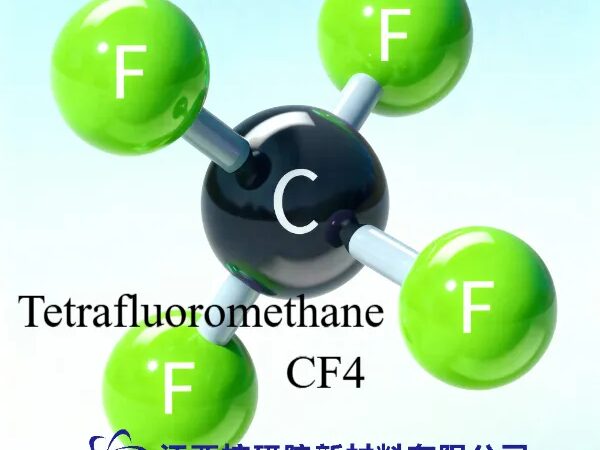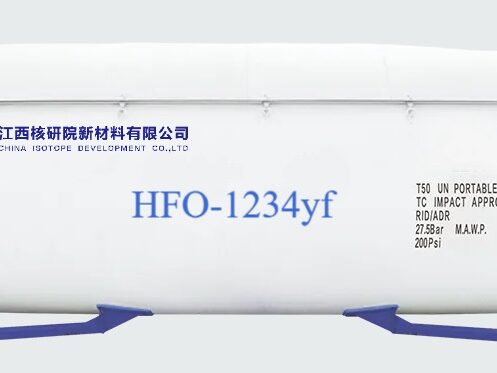Unlocking Precision: How Nickel-64 Serves as the Key Precursor for Cancer-Targeting Copper-64
Unlocking Precision: How Nickel-64 Serves as the Key Precursor for Cancer-Targeting Copper-64 BY Tao, Published Dec 14, 2025 With more enquiries on Nickel-64 Isotope from web, I would like to share my production experience and operation these year to more end users who are interested. I have witnessed firsthand how the careful selection…

